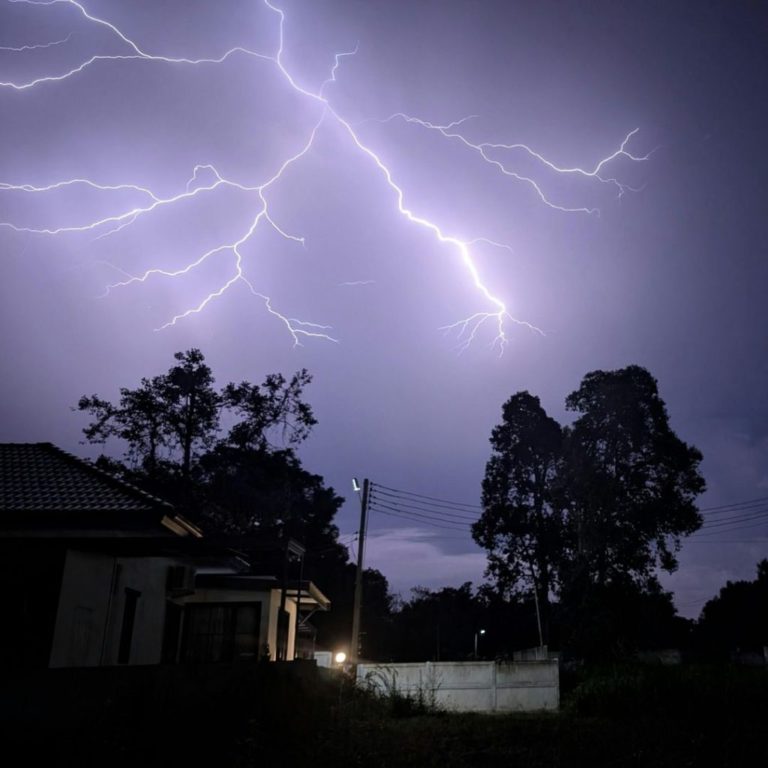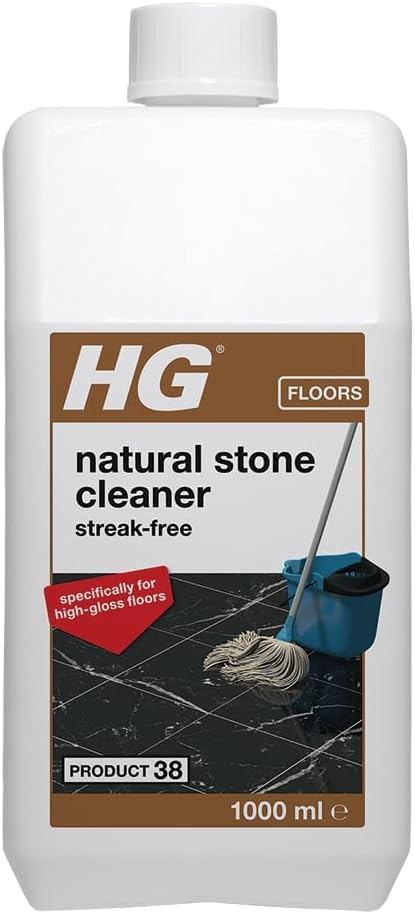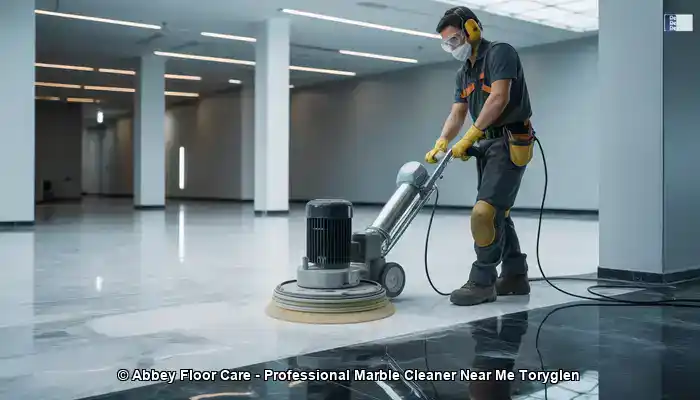Metal roofing is renowned as one of the most robust and enduring roofing solutions available throughout Australia. Homeowners greatly value its remarkable strength, exceptional durability, and impressive energy efficiency. However, a common inquiry among homeowners is — do metal roofs attract lightning?
With the rising popularity of Starlink dishes and various aerial devices, concerns surrounding lightning strikes have intensified. This article will comprehensively examine the facts related to this subject, demonstrating why metal roofing, along with antennas and satellite systems, is frequently safer than many individuals assume. By understanding these elements, homeowners can experience peace of mind regarding their roofing selections.
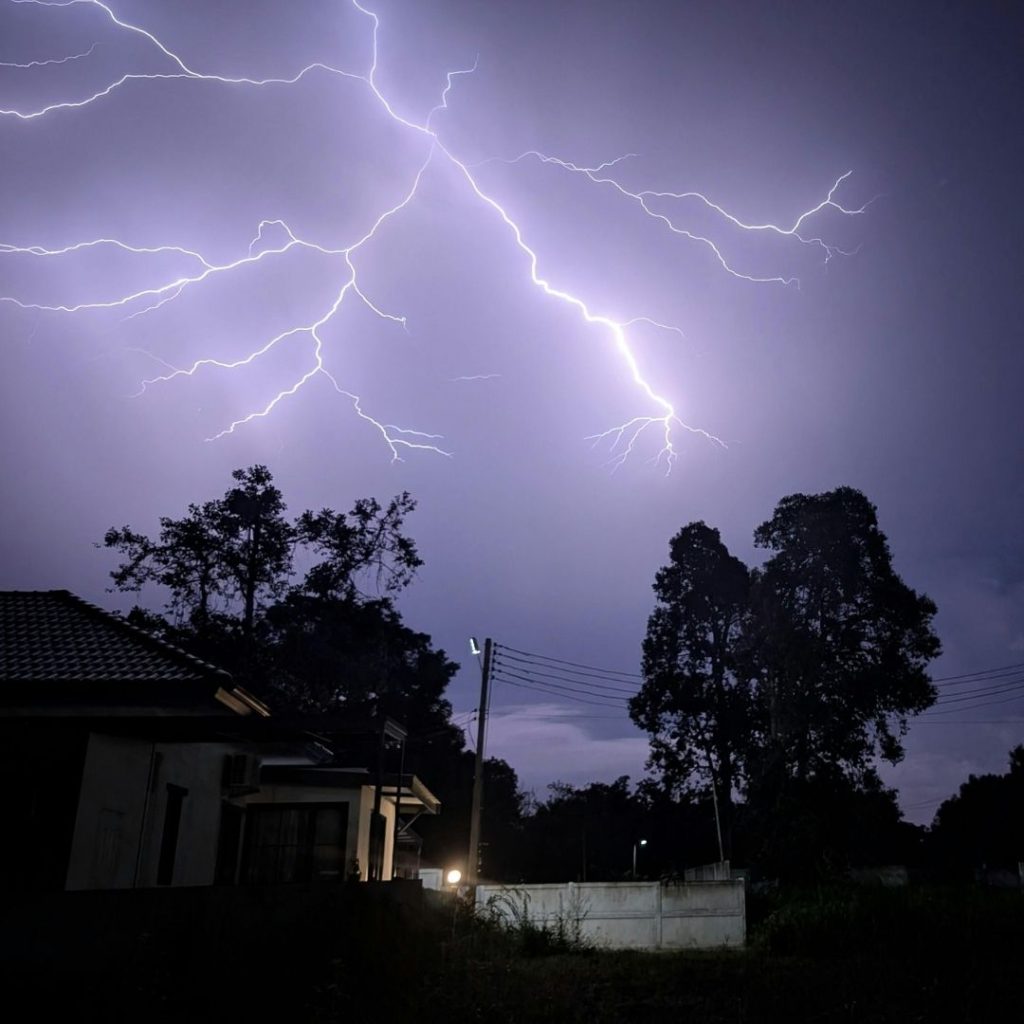
Understanding How Metal Roofs Relate to Lightning Strikes
Despite the widespread misconception that metal roofs attract lightning, the truth is quite the opposite. A metal roof does not attract lightning; rather, lightning is drawn to the highest point within any landscape. The material of the roof itself is not a determining factor in this phenomenon. Lightning seeks the path of least resistance to reach the ground, which is why it typically targets taller structures like trees, poles, or antennas instead of the roofing material. This insight is crucial for homeowners contemplating the implications of their roofing materials and safety.
In the unfortunate scenario where a home with a metal roof is struck by lightning, there is reassuring news: metal effectively disperses the energy in a safe manner. Unlike roofing materials such as tile or timber, metal is inherently non-combustible, which makes it less susceptible to ignition or burning. Therefore, if a lightning strike were to occur, the electrical charge spreads rapidly across the surface of the roof and dissipates harmlessly into the ground, especially when the grounding system of the building has been properly installed and maintained.
Ultimately, choosing a Colorbond® roof does not elevate the chance of your home being struck by lightning. However, in the unlikely event of a strike, having a metal roof is undoubtedly one of the safest options available, providing homeowners with substantial peace of mind and protection.
Evaluating the Influence of Aerials and Starlink Dishes on Lightning Strike Risks
Similar to metal roofs, aerials, antennas, and Starlink dishes do not inherently attract lightning due to their existence alone. Instead, lightning is more likely to be drawn to height and isolation rather than specifically to the metallic components of these devices. This distinction is vital for homeowners with such installations, as it helps clarify the risk factors involved.
If an aerial or dish is the highest point on your property, it may become the most likely target for a lightning strike. This situation emerges from its elevated position rather than its metallic nature. Therefore, it is essential to comprehend that the likelihood of a lightning strike is predominantly influenced by the location of the structure rather than the materials from which it is made. Being aware of this fact can empower homeowners to make informed decisions regarding their installations.
To enhance safety and reduce risks, consider implementing the following best practices:
- Ensure that the dish or antenna is professionally installed and grounded according to the AS/NZS 1768 lightning protection standards. This professional installation can significantly mitigate the risks associated with lightning strikes and enhance overall safety.
- Bonding and grounding the system is imperative, as this allows any electrical surge to travel safely to the earth, thereby minimising the potential for damage to your equipment or home during a storm.
- Avoid using isolated, ungrounded poles that extend significantly above the roofline, as these structures pose a greater risk of attracting lightning strikes and compromising your safety.
When installed correctly, a Starlink dish or roof-mounted aerial on a Colorbond® roof remains entirely safe, even amidst intense electrical storms, providing homeowners with peace of mind regarding their safety and protection.
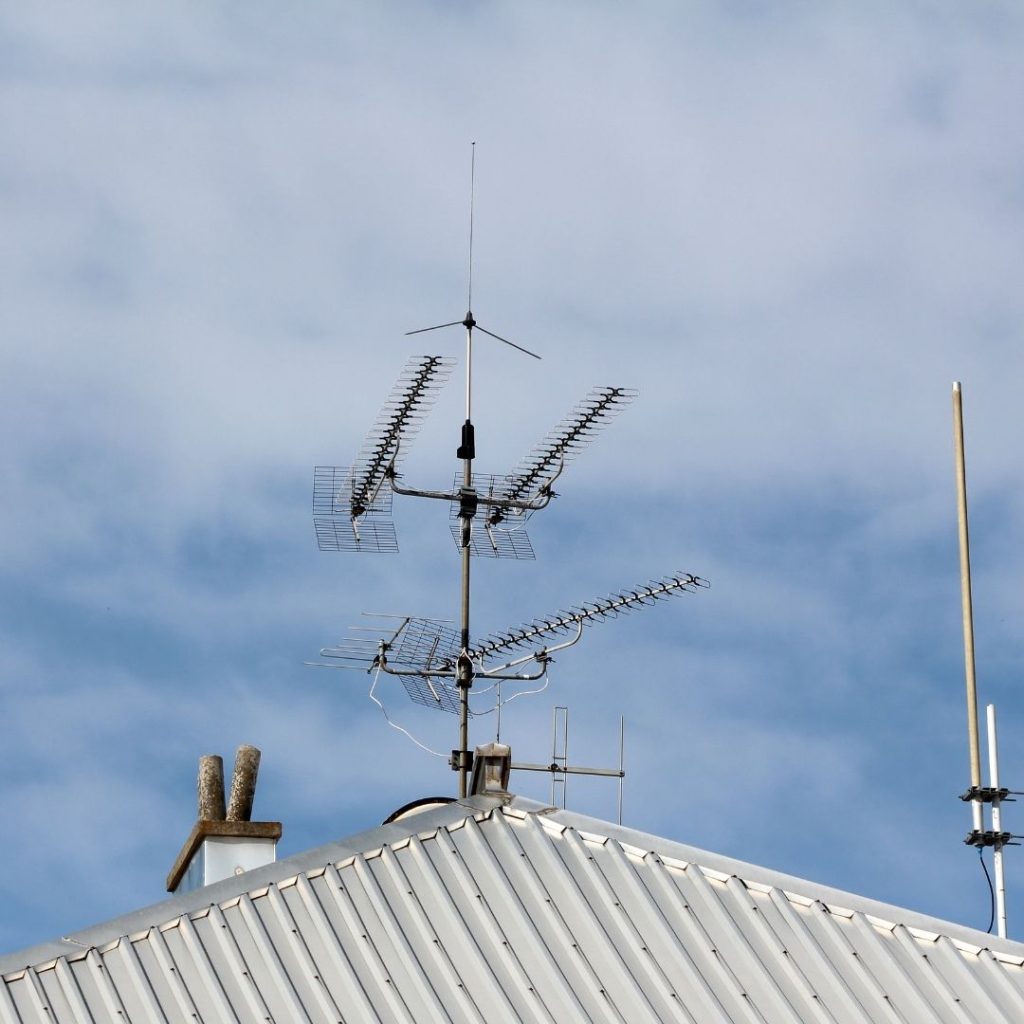
Discovering the Extensive Safety Advantages of Metal Roofing Materials
Beyond just the vital aspect of lightning safety, metal roofing provides a plethora of inherent protective qualities that make it an exceptional choice for homeowners:
- Fire Resistance: Metal is fundamentally non-combustible, making it an ideal selection for regions susceptible to bushfires, thereby significantly reducing the risk of fire damage to your property.
- Storm Durability: Metal roofs are engineered to withstand hail, strong winds, and heavy rainfall far more efficiently than many traditional roofing materials, ensuring longevity and dependability during adverse weather conditions.
- Corrosion Protection: Colorbond® coatings offer exceptional defence against rust and corrosion, even in coastal areas where salty air can pose significant challenges for other roofing materials.
- Energy Efficiency: Reflective coatings on metal roofs help reduce heat absorption during the sweltering summer months, which can result in lower energy bills and improved indoor comfort.
- Structural Lightness: Metal roofing is generally lighter than tile, alleviating stress on the roof frame and enhancing the overall structural integrity of the building.
Essential Steps for Maintaining Roof Safety and Efficiency
To ensure total reassurance regarding the safety of your roof and any mounted equipment, regular inspections are essential:
- After storm events, conduct thorough inspections of flashings, fixings, and sealants to verify they remain intact and functional, preventing potential leaks and damage to your property.
- Keep gutters and valleys free of debris to avoid overflow and possible water damage to your home, ensuring that the roof’s drainage system operates effectively.
- Confirm that any antenna installations are properly grounded to diminish risk and enhance safety during storms.
AWS Roofing provides expert inspections and roof replacements across the Central Coast, Newcastle, and Hunter regions, ensuring that every roof performs safely and efficiently while delivering maximum protection to your home and family.
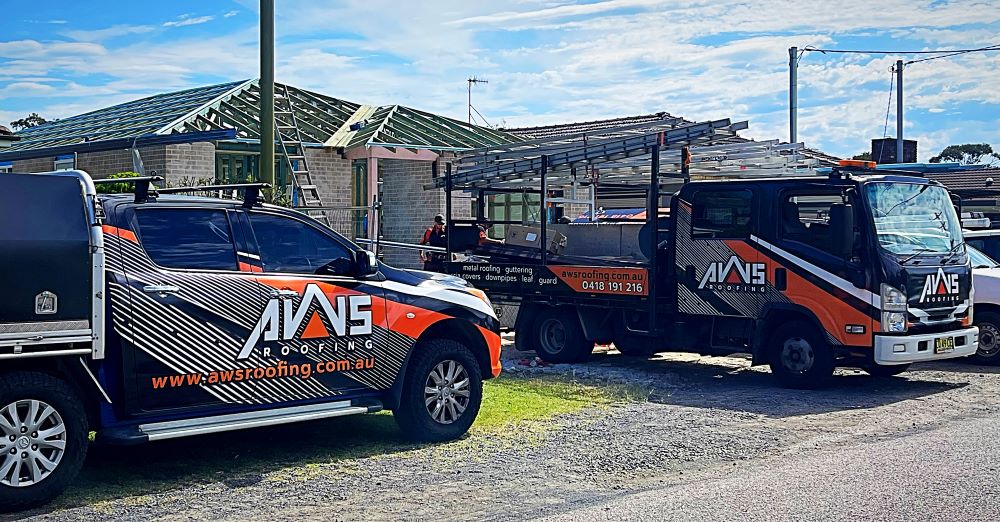
Essential Insights on the Safety and Performance of Metal Roofing
A metal roof does not attract lightning; in fact, it plays a crucial role in protecting your home from lightning strikes. When combined with professional installation and proper grounding of any roof-mounted equipment, a Colorbond® metal roof stands out as one of the safest, most reliable, and longest-lasting roofing systems available in Australia. This makes it a wise investment for homeowners prioritising safety, durability, and peace of mind.
If you require professional assistance for metal roofing installation or replacement, please contact AWS Roofing, trusted specialists in durable and compliant roofing systems throughout NSW. Their expertise ensures your roofing project is completed to the highest industry standards.
Do Metal Roofs Attract Lightning? (And Aerials or Starlink Dishes)
The Article: Do Metal Roofs Attract Lightning? A Look at Aerials and Starlink first appeared on https://writebuff.com
The Article Metal Roofs and Lightning: Insights on Aerials and Starlink Was Found On https://limitsofstrategy.com
